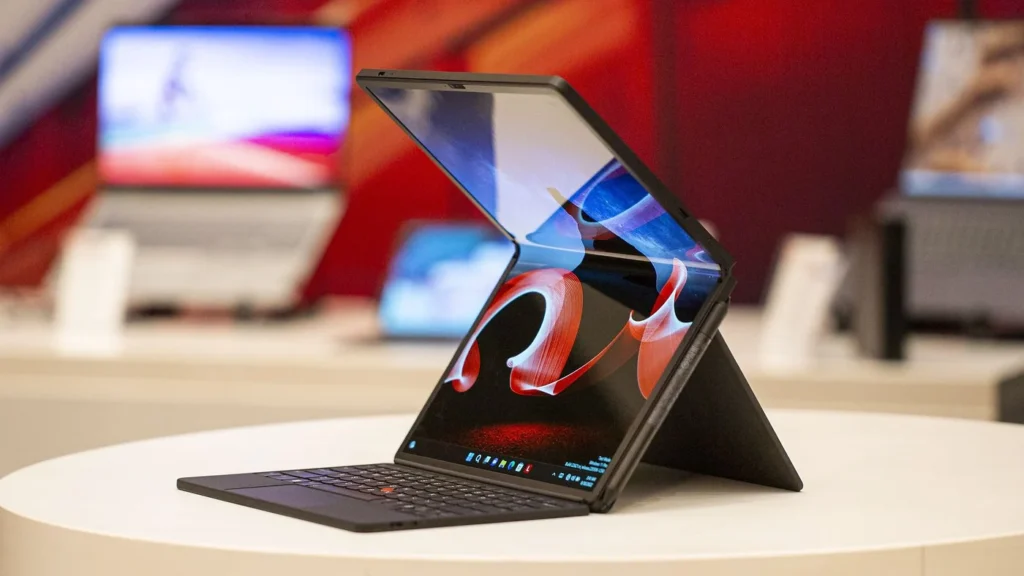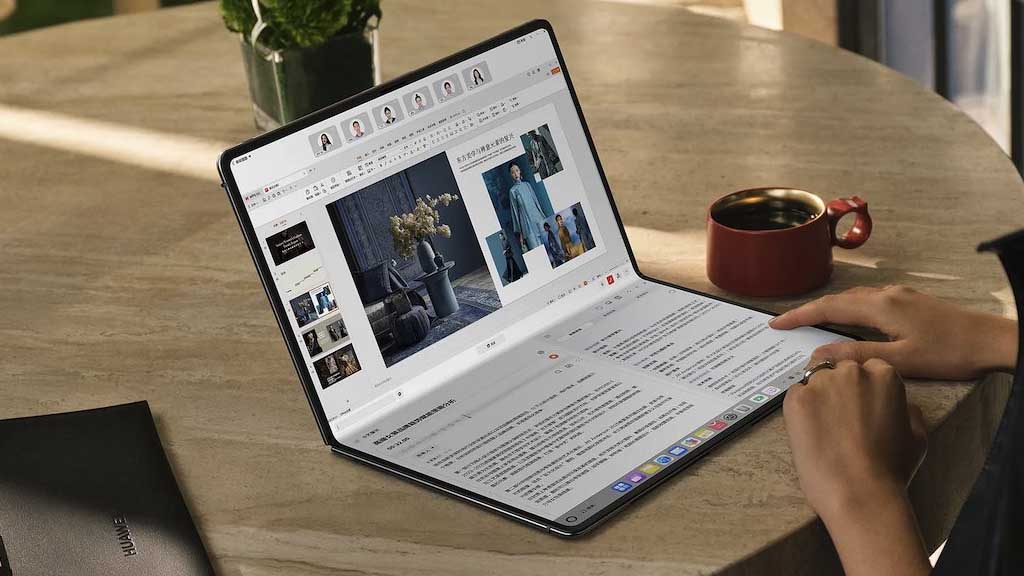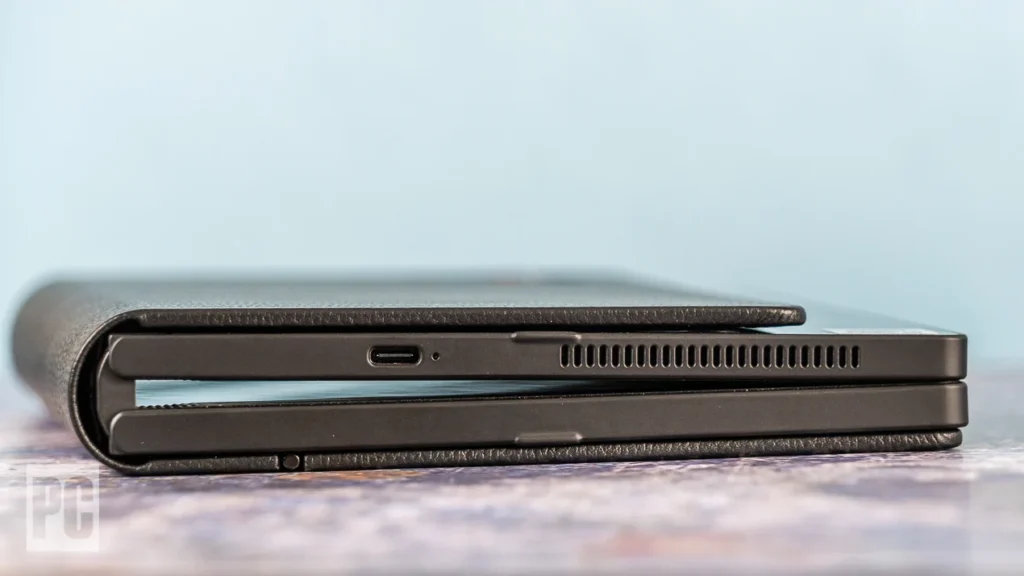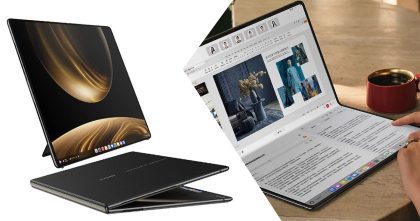Foldable laptops are transforming the tech world, offering a mix of portability and large-screen convenience. Among the top contenders are Lenovo’s ThinkPad X1 Fold and Huawei’s MateBook Fold. Both promise innovation, but which one stands out?
Design and display: Compact vs Expansive

The Lenovo ThinkPad X1 Fold features a 16.3-inch OLED display, delivering deep contrast and vibrant colors. It folds into a compact form, making it easy to carry. In comparison, Huawei’s MateBook Fold boasts an 18-inch OLED screen, making it one of the largest foldable laptops available. With a 3.5K resolution and peak brightness of 1,600 nits, it offers sharp visuals even in bright environments, as highlighted by MSN.
Performance and hardware: speed vs software flexibility

Lenovo equips the X1 Fold with Intel processors, ensuring smooth multitasking and reliability. Since it runs Windows, users benefit from a vast ecosystem of apps and business software. Meanwhile, Huawei’s MateBook Fold operates on HarmonyOS 5, featuring up to 32GB of RAM and 2TB of storage, as noted by MSN. HarmonyOS integrates seamlessly with Huawei devices, but Windows remains the preferred choice for professional users needing broader compatibility.
Portability and battery life: Mobility matters

The Lenovo X1 Fold focuses on compact mobility, folding neatly for travel. It offers long battery life, making it ideal for professionals on the move. Huawei’s MateBook Fold, although larger, is powered by a 74.69Wh battery, providing decent usage time before recharging, as reported by MSN. Users who prioritize extended battery life may find Huawei’s offering more reliable.
Keyboard and usability: Sleek vs classic

Both laptops include detachable keyboards, allowing flexibility between laptop and tablet modes. The Huawei MateBook Fold’s keyboard is only 5mm thick, magnetically attaching to maintain a sleek and modern feel, as reviewed by Concept Phones. Lenovo sticks to its signature ThinkPad layout, ensuring comfortable key travel and tactile feedback, making it ideal for heavy typists.
Expert opinions: What reviewers are saying
Tech experts have praised Lenovo’s ThinkPad X1 Fold for its durability and business-focused features. According to Yanko Design, Lenovo prioritizes sturdy engineering, making it a solid investment for professionals. Reviewers at Sypnotix noted the Intel Core i7 processor and Windows support, emphasizing its practical usability.
Meanwhile, Huawei’s MateBook Fold has turned heads with its immersive display. Experts at SoyaCincau highlight its 3.5K resolution, calling it one of the best foldable screens available. However, HarmonyOS may limit flexibility, especially for Windows users, as discussed in a review by Mr.Laowai-English Tech.
price and availability: the premium factor
Huawei positions the MateBook Fold as a high-end foldable, pricing the base model at RMB 23,999 ($3,328 USD), with premium versions reaching RMB 26,999 (~$3,700 USD), based on pricing shared by MSN. Lenovo’s ThinkPad X1 Fold follows a similar pricing structure, making both models luxury investments for foldable tech enthusiasts.
Which one wins?
Choosing between the Lenovo X1 Fold and the Huawei MateBook Fold depends on what matters most. If Windows compatibility, compact design, and strong performance are your priorities, Lenovo’s X1 Fold is the better option. However, if you want a larger screen, premium specs, and seamless Huawei integration, the MateBook Fold stands out.
Both devices push foldable laptops into the future, showing that portable computing is evolving. As innovation continues, foldable laptops may soon become the new standard for professionals, creatives, and everyday users alike.
.




